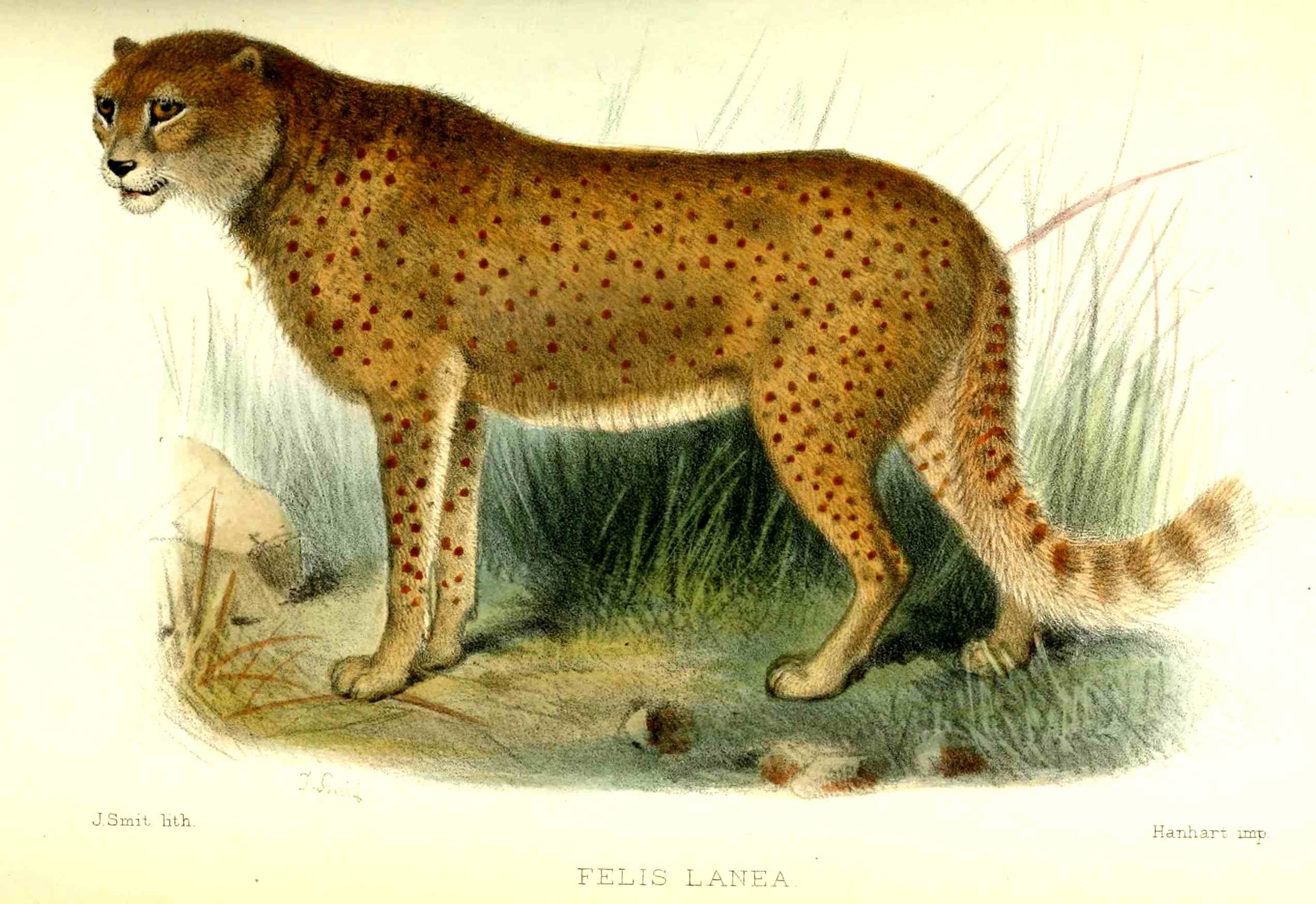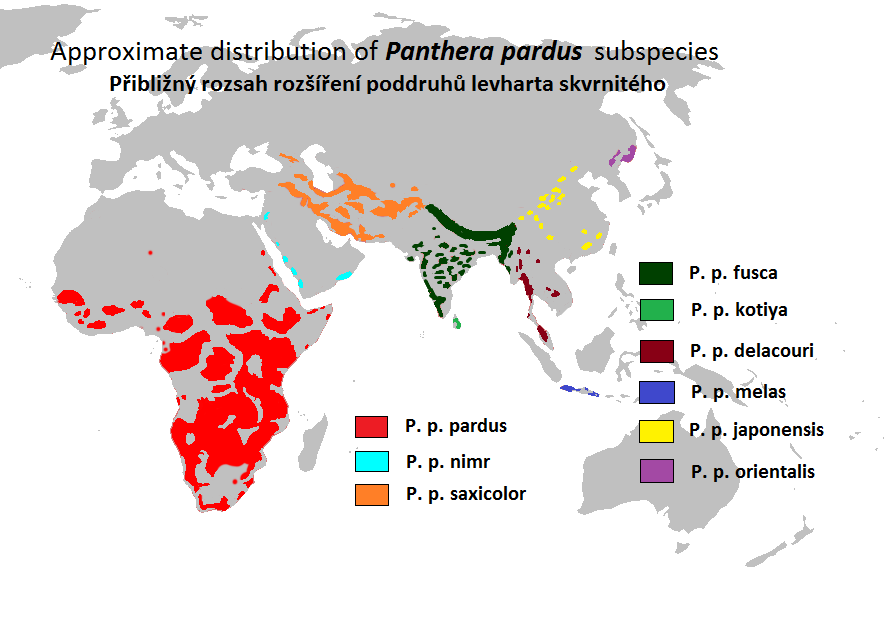|
Cats In Ancient Egypt
In ancient Egypt, cats were represented in social and religious scenes dating as early as 1980 BC. Several ancient Egyptian deities were depicted and sculptured with cat-like heads such as Mafdet, Bastet and Sekhmet, representing justice, fertility, and power, respectively. The deity Mut was also depicted as a cat and in the company of a cat. Cats were praised for killing venomous snakes, rodents and birds that damaged crops, and protecting the Pharaoh since at least the First Dynasty of Egypt. Skeletal remains of cats were found among funerary goods dating to the Twelfth Dynasty of Egypt, 12th Dynasty. The protective function of cats is indicated in the ''Book of the Dead'', where a cat represents Ra and the benefits of the sun for life on Earth. Cat-shaped decorations used during the New Kingdom of Egypt indicate that the domesticated cat became more popular in daily life. Cats were depicted in association with the name of Bastet. Cat cemeteries at the archaeological sites Speo ... [...More Info...] [...Related Items...] OR: [Wikipedia] [Google] [Baidu] |
Bastet Dame Katzenkopf
Bastet or Bast (), also known as Ubasti or Bubastis, is a goddess of ancient Egyptian religion, possibly of Nubian origin, worshipped as early as the Second Dynasty of Egypt, Second Dynasty (2890 BC). In ancient Greek religion, she was known as Ailuros (). Bastet was worshipped in Bubastis in Lower Egypt, originally as a lioness goddess, a role shared by other deities such as Sekhmet. Eventually Bastet and Sekhmet were characterized as two aspects of the same goddess, with Sekhmet representing the powerful warrior and protector aspect, and Bastet, who increasingly was depicted as a cat, representing a gentler aspect.Serpell, "Domestication and History of the Cat", p. 184. Name Bastet, which is the form of the name that is most commonly adopted by Egyptologists today because of its use in later dynasties, is a modern convention offering one possible reconstruction. In early Egyptian hieroglyphs, her name appears to have been ''bꜣstt''. James Peter Allen vocalizes the original f ... [...More Info...] [...Related Items...] OR: [Wikipedia] [Google] [Baidu] |
Saqqara
Saqqara ( : saqqāra[t], ), also spelled Sakkara or Saccara in English , is an Egyptian village in the markaz (county) of Badrashin in the Giza Governorate, that contains ancient burial grounds of Egyptian royalty, serving as the necropolis for the ancient Egyptian capital, Memphis, Egypt, Memphis. Saqqara contains numerous pyramids, including the Pyramid of Djoser, sometimes referred to as the Step Pyramid, and a number of mastaba tombs. Located some south of modern-day Cairo, Saqqara covers an area of around . Saqqara contains the oldest complete stone building complex known in history, the Pyramid of Djoser, built during the Third Dynasty of Egypt, Third Dynasty. Another sixteen Egyptian kings built pyramids at Saqqara, which are now in various states of preservation. High officials added private funeral monuments to this necropolis during the entire History of ancient Egypt, Pharaonic period. It remained an important complex for non-royal burials and cult ceremonies for more ... [...More Info...] [...Related Items...] OR: [Wikipedia] [Google] [Baidu] |
Zeitschrift Der Deutschen Morgenländischen Gesellschaft
The ''Zeitschrift der Deutschen Morgenländischen Gesellschaft'' () is a peer-reviewed academic journal An academic journal (or scholarly journal or scientific journal) is a periodical publication in which Scholarly method, scholarship relating to a particular academic discipline is published. They serve as permanent and transparent forums for the ... covering Oriental studies, published by Harrassowitz Verlag on behalf of the Deutsche Morgenländische Gesellschaft. It was established in 1847 and the editor-in-chief is Florian C. Reiter ( Humboldt University of Berlin). Digitisation The journal has been digitized and is available from the University of Halle. The journal is available from 1847 to 2013, together with various indexes and supplements, including the Deutscher Orientalistentag volumes from 1968 to 1995. References External links * Oriental studies Multilingual journals Academic journals established in 1847 1847 establishments in the German Confed ... [...More Info...] [...Related Items...] OR: [Wikipedia] [Google] [Baidu] |
Cheetah
The cheetah (''Acinonyx jubatus'') is a large Felidae, cat and the Fastest animals, fastest land animal. It has a tawny to creamy white or pale buff fur that is marked with evenly spaced, solid black spots. The head is small and rounded, with a short snout and black tear-like facial streaks. It reaches at the shoulder, and the head-and-body length is between . Adults weigh between . The cheetah is capable of running at ; it has evolved specialized adaptations for speed, including a light build, long thin legs and a long tail. The cheetah was first Species description, described in the late 18th century. Four subspecies are recognised today that are native to Africa and central Iran. An African subspecies was Cheetah reintroduction in India, introduced to India in 2022. It is now distributed mainly in small, fragmented populations in northwestern, East Africa, eastern and southern Africa and central Iran. It lives in a variety of habitats such as savannahs in the Serengeti, a ... [...More Info...] [...Related Items...] OR: [Wikipedia] [Google] [Baidu] |
Leopard
The leopard (''Panthera pardus'') is one of the five extant cat species in the genus ''Panthera''. It has a pale yellowish to dark golden fur with dark spots grouped in rosettes. Its body is slender and muscular reaching a length of with a long tail and a shoulder height of . Males typically weigh , and females . The leopard was first described in 1758, and several subspecies were proposed in the 19th and 20th centuries. Today, eight subspecies are recognised in its wide range in Africa and Asia. It initially evolved in Africa during the Early Pleistocene, before migrating into Eurasia around the Early–Middle Pleistocene transition. Leopards were formerly present across Europe, but became extinct in the region at around the end of the Late Pleistocene-early Holocene. The leopard is adapted to a variety of habitats ranging from rainforest to steppe, including arid and montane areas. It is an opportunistic predator, hunting mostly ungulates and primates. It relies on it ... [...More Info...] [...Related Items...] OR: [Wikipedia] [Google] [Baidu] |
Man (journal)
The ''Journal of the Royal Anthropological Institute'' (JRAI) is the principal journal of the oldest anthropological organization in the world, the Royal Anthropological Institute of Great Britain and Ireland. Articles, at the forefront of the discipline, range across the full spectrum of anthropology, embracing all fields and areas of inquiry – from sociocultural, biological, and archaeological, to medical, material and visual. The JRAI is also acclaimed for its extensive book review section, and it publishes a bibliography of books received. History The journal was established in 1901 as ''Man'' and obtained its current title in 1995, with volume numbering restarting at 1. For its first sixty-three volumes from its inception in 1901 up to 1963 it was issued on a monthly basis, moving to bimonthly issues for the years 1964–1965. From March 1966 until its last issue in December 1994, it was published quarterly as a "new series", with a new sequence of volume numbers (1–29) ... [...More Info...] [...Related Items...] OR: [Wikipedia] [Google] [Baidu] |
Centre National De La Recherche Scientifique
The French National Centre for Scientific Research (, , CNRS) is the French state research organisation and is the largest fundamental science agency in Europe. In 2016, it employed 31,637 staff, including 11,137 tenured researchers, 13,415 engineers and technical staff, and 7,085 contractual workers. It is headquartered in Paris and has administrative offices in Brussels, Beijing, Tokyo, Singapore, Washington, D.C., Bonn, Moscow, Tunis, Johannesburg, Santiago de Chile, Israel, and New Delhi. Organization The CNRS operates on the basis of research units, which are of two kinds: "proper units" (UPRs) are operated solely by the CNRS, and Joint Research Units (UMRs – ) are run in association with other institutions, such as universities or INSERM. Members of Joint Research Units may be either CNRS researchers or university employees ( ''maîtres de conférences'' or ''professeurs''). Each research unit has a numeric code attached and is typically headed by a university profe ... [...More Info...] [...Related Items...] OR: [Wikipedia] [Google] [Baidu] |
Embalming
Embalming is the art and science of preserving human remains by treating them with embalming chemicals in modern times to forestall decomposition. This is usually done to make the deceased suitable for viewing as part of the funeral ceremony or keep them preserved for medical purposes in an anatomical laboratory. The three goals of embalming are disinfection, sanitization, presentation, and preservation, with restoration being an important additional factor in some instances. Performed successfully, embalming can help preserve the body for many years. Embalming has a long, cross-cultural history, with many cultures giving the embalming processes religious meaning. Animal remains can also be embalmed by similar methods, though embalming is distinct from taxidermy. Embalming preserves the body while keeping it intact, whereas taxidermy is the recreation of an animal's form often using only the creature's skin, fur or feathers mounted on an anatomical form. It is not required for ... [...More Info...] [...Related Items...] OR: [Wikipedia] [Google] [Baidu] |
Resin
A resin is a solid or highly viscous liquid that can be converted into a polymer. Resins may be biological or synthetic in origin, but are typically harvested from plants. Resins are mixtures of organic compounds, predominantly terpenes. Common resins include amber, hashish, frankincense, myrrh and the animal-derived resin, shellac. Resins are used in varnishes, adhesives, food additives, incenses and perfumes. Resins protect plants from insects and pathogens, and are secreted in response to injury. Resins repel herbivores, insects, and pathogens, while the volatile natural phenol, phenolic compounds may attract benefactors such as predators of insects that attack the plant. Composition Most plant resins are composed of terpenes. Specific components are alpha-Pinene, alpha-pinene, pinene, beta-pinene, carene, delta-3 carene, and sabinene, the monocyclic terpenes limonene and terpinolene, and smaller amounts of the tricyclic sesquiterpenes, longifolene, caryophyllene, and cad ... [...More Info...] [...Related Items...] OR: [Wikipedia] [Google] [Baidu] |
Proceedings Of The Zoological Society Of London
The ''Journal of Zoology'' is a scientific journal concerning zoology, the study of animals. It was founded in 1830 by the Zoological Society of London and is published by Wiley-Blackwell. It carries original research papers, which are targeted towards general readers. Some of the articles are available via open access, depending on the author's wishes. According to the ''Journal Citation Reports'', the journal has a 2020 impact factor of 2.322, ranking it 36th out of 175 journals in the category "Zoology". From around 1833, it was known as the ''Proceedings of the Zoological Society of London'' (). From 1965 to 1984, it was known as the ''Journal of Zoology: Proceedings of the Zoological Society of London'' (). See also * List of zoology journals This is a list of scientific journals which cover the field of zoology. A * '' Acta Entomologica Musei Nationalis Pragae'' * '' Acta Zoologica Academiae Scientiarum Hungaricae'' * '' Acta Zoologica Bulgarica'' * '' Acta Zoológica M ... [...More Info...] [...Related Items...] OR: [Wikipedia] [Google] [Baidu] |
Jungle Cat
The jungle cat (''Felis chaus''), also called reed cat and swamp cat, is a medium-sized cat native from the Eastern Mediterranean region and the Caucasus to parts of Central, South and Southeast Asia. It inhabits foremost wetlands like swamps, littoral and riparian areas with dense vegetation. It is listed as Least Concern on the IUCN Red List, and is mainly threatened by destruction of wetlands, trapping and poisoning. The jungle cat has a uniformly sandy, reddish-brown or grey fur without spots; melanistic and albino individuals are also known. It is solitary in nature, except during the mating season and mother–kitten families. Adults maintain territories by urine spraying and scent marking. Its preferred prey is small mammals and birds. It hunts by stalking its prey, followed by a sprint or a leap; the ears help in pinpointing the location of prey. Both sexes become sexually mature by the time they are one year old; females enter oestrus from January to March. Mating ... [...More Info...] [...Related Items...] OR: [Wikipedia] [Google] [Baidu] |
African Wildcat
The African wildcat (''Felis lybica'') is a small wildcat species with sandy grey fur, pale vertical stripes on the sides and around the face. It is native to Africa, West and Central Asia, and is distributed to Rajasthan in India and Xinjiang in China. It inhabits a broad variety of landscapes ranging from deserts to savannas, shrublands and grasslands. The African wildcat is the ancestor of the domestic cat (''F. catus''). Some African wildcats were domesticated about 10,000 years ago in the Near East. Interspecific hybrids between both species are common where their ranges overlap. Taxonomy ''Felis lybica'' was the scientific name proposed in 1780 by Georg Forster who based his description on a specimen from Gafsa on the Barbary Coast that had the size of a domestic cat, but a reddish fur, short black tufts on the ears, and a ringed tail. Between the late 18th and 20th centuries, several naturalists and curators of natural history museums described and proposed new nam ... [...More Info...] [...Related Items...] OR: [Wikipedia] [Google] [Baidu] |




